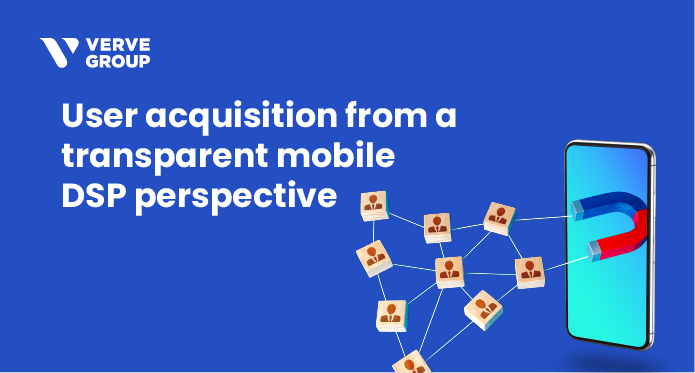
Tag search
- Ad formats (17)
- Ad fraud (9)
- AdAttributionKit/SKAN (23)
- Addressability (7)
- Advertisers (131)
- AI (2)
- AI/Machine learning (12)
- All (56)
- Android (8)
- Audience (23)
- Audio (1)
- Brand awareness (15)
- Cohorts (11)
- Connected TV (15)
- Contextual (44)
- CTV (41)
- Custom Built (1)
- Data (70)
- Demographics (9)
- DOOH (15)
- Gaming (14)
- Identity (23)
- Interstitials (9)
- iOS (20)
- Lifestyle (3)
- Measurement/attribution (18)
- Mobile in-app (100)
- Monetization (35)
- Omnichannel (13)
- Past Events (25)
- Performance (23)
- Playable ads (6)
- Press (1)
- Privacy (63)
- Privacy Sandbox (8)
- Products (21)
- Publishers (97)
- Quality (4)
- Regulatory (3)
- Reports (9)
- Retail (5)
- Seasonal (17)
- SPO (4)
- Sustainability (7)
- Targeting (69)
- Trending (4)
- User acquisition (10)
- Video (9)








